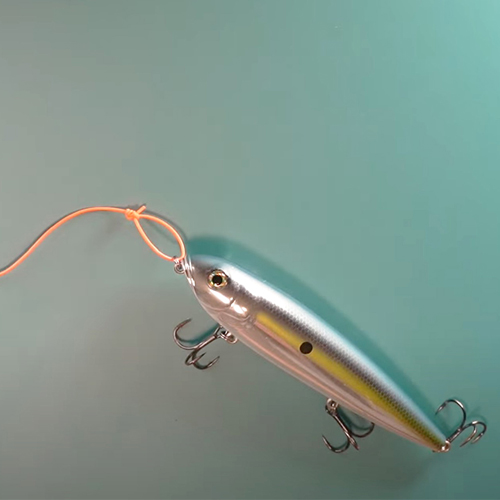How to Choose Fishing Line
Knowing what fishing line to use is one of the most important skills an angler can master. From fishing line weight guides to strength charts, learn the best ways to choose fishing line.
Material Considerations
Many different types of fishing line materials are available on the market today and understanding the right kind of line to use for your fishing location and/or conditions is key. However, for starters, you should know that fishing line is divided into three basic composition types: monofilament, fluorocarbon and braided.
The “tried and true” line for most beginners is a monofilament line composed of a single continuous untwisted strand, most often, made from nylon. Monofilament line is available in different colors, extremely flexible and easy to use, making it a popular choice for many fishing situations. While some more advanced anglers don’t like its stretch, for a beginner, a six-pound monofilament line is an ideal choice.
Another increasingly common option for use in rivers and other clear water situations is a fluorocarbon line. Namely because it is almost invisible, enabling a great presentation for flies and lures alike. This type of line is extruded in a single strand like monofilament but from different chemical compounds that make it thinner than a monofilament line of the same strength, more durable, and less stretchy.
Finally, most dark water and deep sea anglers prefer a braided line that is formed by combining fibers of polyethylene woven together. The braided line is considered the ultimate in strength but it’s also quite visible, which is why this line is often used in combination with a fluorocarbon leader.
We would be remiss if we didn’t mention what most anglers now consider the fourth type of fishing line: high performance nanotechnology lines. Also referred to as thermal filament or [Berkley’s] Unifilament, these high performance lines are made by bonding together small graphite fibers to increase the strength of the line far over its monofilament equivalent.
Fishing Line Strength
When it comes to fishing line, understanding its strength is a key to making a good choice. The strength of a line is measured in terms of pounds, meaning how much weight the fishing line can lift and effectively handle before it breaks. Since you’ll need to rely on your line to reel in any caught fish, you’ll want to make sure you have the right strength.
Therefore, knowing how to choose fishing line requires at least a basic understanding the species you’re after, where you plan to fish, and the conditions present. For example, while you will likely want a line that can handle more tension when you’re fishing in areas with thick cover, you will probably prefer a more durable line when fishing around underwater structures.
Another factor to consider is any guidelines on the equipment you plan to use. Often, rods and reels will contain recommendations or specifications for line weights. For instance, you may see that anglers with a heavy rod power should use a four to eight pound line size. Or, you may find information on the reel itself presented as a series of numbers, such as 260/6, which means that the reel will accept 260 yards of six-pound test line. When information like this is available, it’s best to match your line accordingly.
Other Fishing Line Resources
In addition to consulting your equipment for selecting the right fishing line, one of the most useful tools for any angler is a fishing line strength chart. This resource provides information for the specific brand and type of line, since they can be marked differently.
The chart contains what are referred to as “ratings,” “test weights,” or “test ratings.” These numbers tell a shopper how many pounds of force it will take for the line to break. While these figures aren’t always exact, and lines could break under less stress, they serve as a good guide when deciding what pound fishing line to use depending on the weight of your target species.
Another valuable resource is a fishing line weight guide. Found online, the guide will give you suggestions for the best presentation based on the type of fishing, species, and its weight. For example, you may consult a guide to learn that going after sea trout requires an eight to 14 pound line.
Now you have enough info to pick the right fishing line for your situation. Happy angling!
KEEP LEARNING

How to Tie the Non-Slip Loop Knot
The non-slip loop knot is a popular and reliable choice for securing hooks, lures, and other tackle to your fishing line.
LEARN MORE

Socials
Take me fishing social media links
LEARN MORE

TakeMeFishing x Teen Vogue
Join us on a creative journey as fashion designer Ahmrii Johnson walks us through her collaborative vision and process with Teen Vogue and fashion brand, Rentrayage, to create a special piece.
LEARN MORE


.png?lang=en-US&ext=.png)